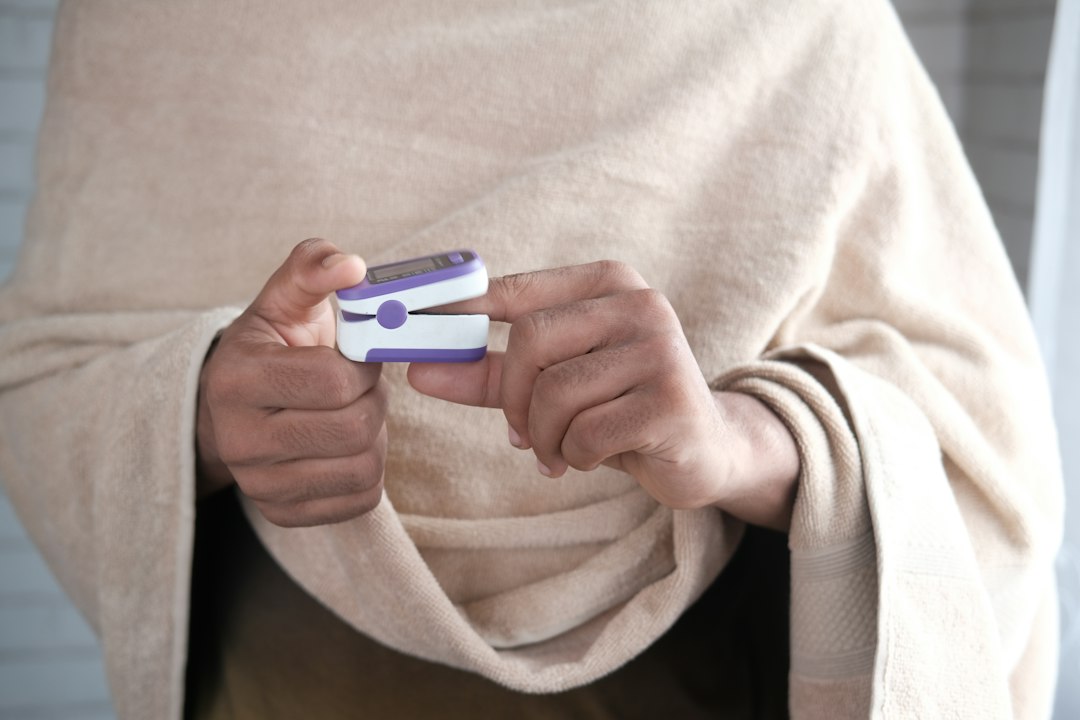Chronic diseases such as diabetes, hypertension, and heart disease require continuous management and monitoring to ensure the health and well-being of patients. Traditionally, patients would need to visit healthcare facilities frequently to check their vital signs, receive medication adjustments, and consult with healthcare providers. However, advancements in technology have made it possible for patients to be monitored remotely through telehealth services and remote patient monitoring devices.
Remote patient monitoring, also known as telemonitoring, is a technology that allows healthcare providers to track vital signs and other health data of patients from a distance. This technology involves the use of wearable devices, sensors, and mobile apps that collect real-time data and transmit it securely to healthcare providers. By utilizing remote patient monitoring, healthcare providers can monitor patients with chronic diseases more effectively and make timely interventions when necessary.
One of the key benefits of remote patient monitoring for chronic disease management is improved access to care. Patients can now receive care from the comfort of their homes, eliminating the need to travel to healthcare facilities regularly. This not only saves time and money for patients but also reduces the risk of exposure to infections, especially during the current COVID-19 pandemic. With remote monitoring, patients can have regular check-ups and consultations with healthcare providers without leaving their homes.
Another benefit of remote patient monitoring is that it allows for better disease management. By continuously monitoring vital signs such as blood pressure, blood glucose levels, and heart rate, healthcare providers can identify early warning signs of complications and make timely interventions. This proactive approach to care can prevent hospitalizations, reduce healthcare costs, and improve patient outcomes. Patients with chronic diseases can also receive personalized care plans based on their individual health data, leading to better management of their condition.
Remote patient monitoring also promotes patient engagement and empowerment. Patients can actively participate in their care by tracking their own health data, setting goals, and following their care plans. With the help of remote monitoring devices and mobile apps, patients can monitor their progress, receive feedback from healthcare providers, and make lifestyle changes that can improve their health. This sense of empowerment can lead to better adherence to treatment plans and better outcomes for patients with chronic diseases.
In conclusion, remote patient monitoring has revolutionized the way chronic diseases are managed. By providing access to care, improving disease management, and promoting patient engagement, remote patient monitoring has the potential to transform healthcare delivery and improve outcomes for patients with chronic diseases. As technology continues to advance, remote patient monitoring will play an increasingly important role in the future of healthcare.

